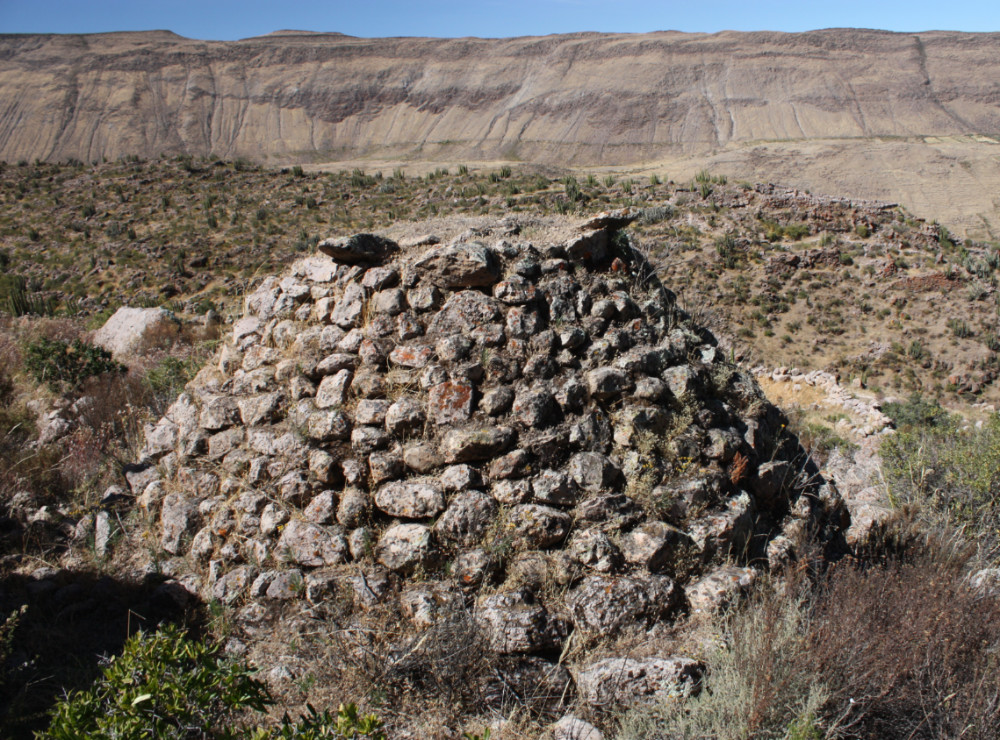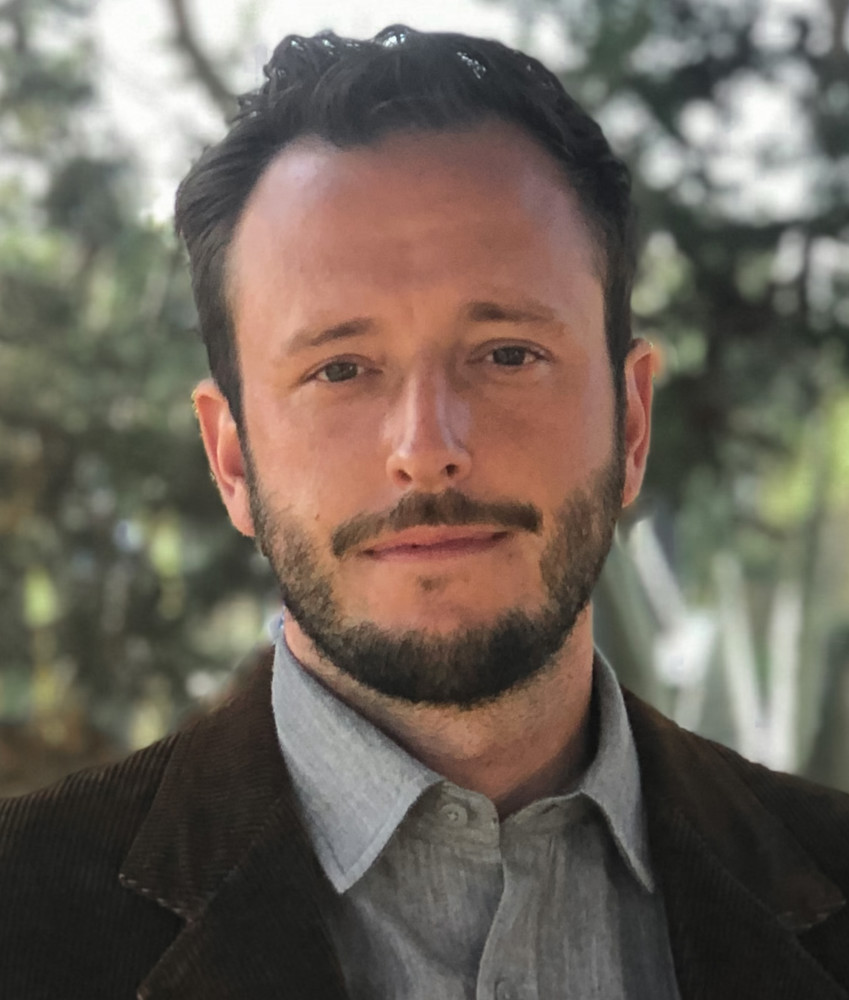
A History of Violence

The skulls of people from Peru’s Nasca Highlands roughly 1,000 to 550 years ago showed ugly signs of violent trauma. Weston McCool and his colleagues wondered if they could establish what types of violence were responsible for the wounds.
For McCool, a postdoctoral scholar in UC Santa Barbara’s Department of Anthropology, the question wasn’t one of morbid curiosity, but a step toward understanding the causes and consequences of human conflict.
“It is vital that we first distinguish between the types of violence a population experienced,” he said. “After all, different forms of violence have different causes – warfare vs. resource raids for example. Our article is intended to provide a toolkit for establishing the character of violence, which is a vital first step towards creating and testing appropriate causal hypotheses.”
In their article in the American Journal of Physical Anthropology, McCool and his co-authors examine 267 crania from the Late Intermediate Period (LIP) for trauma: lethal, non-lethal, overkill and critical injuries. They found, from several lines of evidence, that internecine warfare was endemic in the LIP.
To start, they documented a dramatic increase in lethal trauma from the preceding periods. In all, McCool said, over 13% of the population could expect to die violently. Typically, he noted, when warfare is organized and structured, it’s young adult males — the combatants — doing the fighting and dying. Among the Nasca highland population, however, women were more often the victims of lethal violence, and both children and the elderly were considered appropriate targets.
“Additionally,” he said, “the majority of lethal wounds were delivered to the back of the skull, suggesting people were trying to flee an assailant when killed, which is not at all a pattern indicative of combatant-restricted conflict.
“Nonetheless, the majority of violent wounds are ante-mortem (healed), and the victims of lethal violence were interred in the same way and spaces as those who did not die violently,” he continued. “These lines of evidence show that violence in the region was not the result of executions or sacrifice but is instead representative of an extended phase of mutually destructive warfare.”
As unexpected as the intensity of the violence and the distribution of wounds were, McCool said the biggest surprise was that the highest proportion of lethal violence was among females aged 13-20. It’s unclear whether enemy groups targeted young women or whether the women were engaged as combatants. It’s also possible, he said, that they were involved in social or economic activities, such as herding, that consistently put them in harm’s way.
Nonetheless, he noted, young males had much higher proportions of ante-mortem (non-lethal) violent trauma, which indicates regular participation in conflict. That may suggest, he said, that the high rates of lethal violence among women was not the result of active participation in interpersonal violence.
“We are currently conducting stable isotope analyses to test whether differences in diet and movement across the landscape may account for the high rates of lethal violence among young women,” McCool said.
Looking ahead, McCool said the next step in the research is to conduct formal hypothesis testing on what factors explain how the region’s warfare got started and persisted. The internecine conflict in the Nasca highlands did not occur in a vacuum, but emerged during a period of imperial collapse, extended drought, mass-migration and resource stress.
“Understanding which of those factors best explains variability in warfare-driven violence will yield insight into what socioenvironmental conditions promote conflict,” he said. “After all, if we are to generate a stable peace process, we require a firm understanding of what conditions offer high payoffs for the use of violence over cooperation. Understanding these conditions may help to provide a foundation for developing science-based tools that may aid in conflict mitigation both in the present and the future.
“We hope with this article to provide a method for creating high-resolution data on human conflict in the past,” McCool continued. “Doing so will allow archaeologists to better understand how violence varied throughout human prehistory and distinguish between differing types of violence and their divergent causal processes.”



